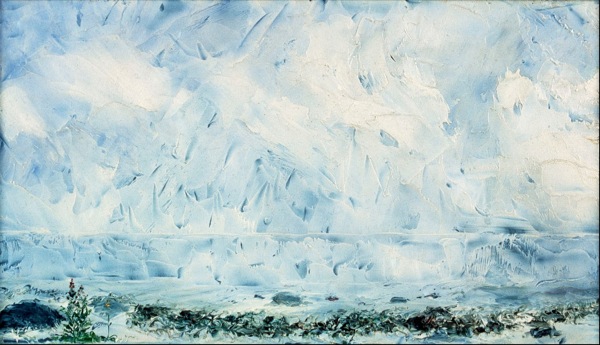【best missionary sex videos】
Strindberg’s Landscapes
Look

Fact: August Strindberg could paint. Though he was always more renowned for his plays and novels, he was a prolific artist, producing more than one hundred works over the course of his life. In their brooding expressionism, his paintings were every inch as forward-thinking as his contemporaries—he counted Gauguin and Munch among his friends—and his work received enough notice that in 1894 he published an essay on his methods in a Parisian journal.
Strindberg, who died today in 1912, had an array of interests: at various points, he turned to painting, photography, telegraphy, theosophy, alchemy, and Swedenborgianism, a sect of Christianity that denied the Holy Trinity. The plenitude of his hobbies made him, depending on whom you asked, a polymath, a dilettante, or an insane person.
Strindberg tended to paint only in times of grave crisis, when he found himself too distraught to write. Maybe accordingly his landscapes are seldom sylvan, his seascapes seldom serene, and his skies seldom sunny. In 2001, Cabinetpublished a well-observed essay by Douglas Feuk about Strindberg’s vatic art:
In his paintings there is always a “motif”—often stormy skies, agitated waves, perhaps a lonely rock by the sea. But these landscapes or seascapes are still half-embedded in the material, like a world in the process of being created. Boundaries and differences are fluid: Air might have the same density as stone, and the rock seems mysteriously fused with the water—as if they were all but different manifestations of the same matter. In fact, the tactile surface in Strindberg’s paintings is at times emphasized so much that not only does it provide an image of nature, it also, in part, gives the impression of being nature. In the painting High Sea, for example, there are sections that Strindberg has blackened with a burner, but also patches of a brownish-gray, rough structure that seem to be not so much painted as oxidized, or in other ways created by some elementary process of nature.






Related Articles